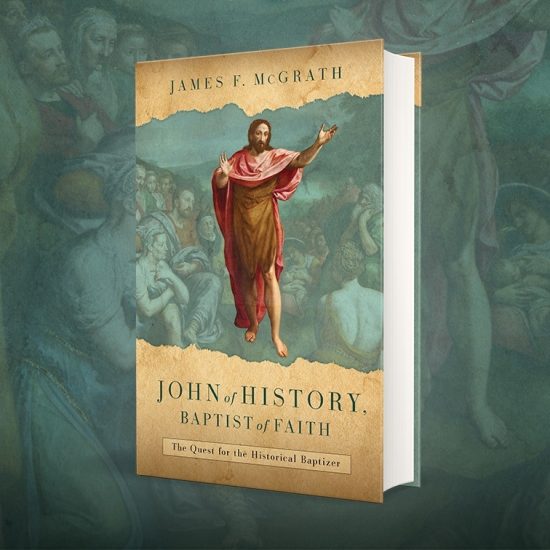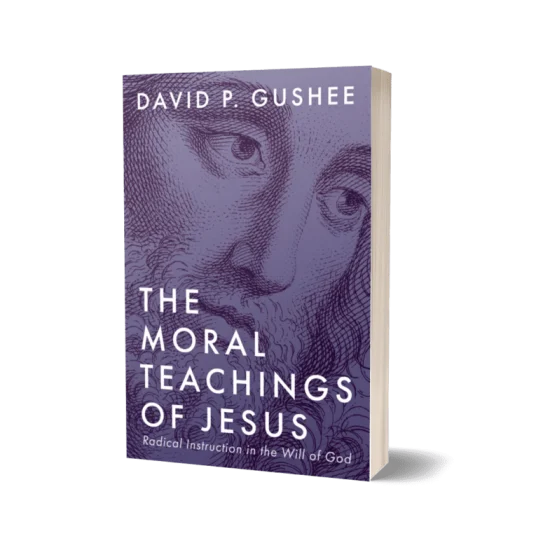Sitting across from the offering box, He was observing how the crowd tossed money in for the collection. Many of the rich were making large contributions. One poor widow came up and put in two small coins — a measly two cents. Jesus called his disciples over and said, “The truth is that this poor widow gave more to the collection than all the others put together. All the others gave what they’ll never miss; she gave extravagantly what she couldn’t afford — she gave her all.” (Mark 12:41-44, The Message)
This brief account of a people-watching field trip to the Temple in Jerusalem — recorded by both Mark and Luke — is familiar to church-goers. Simple story. Simple truth. Simple application.
In Jesus’ day, one of the least restrictive areas of the Temple, the Court of Women, housed the treasury. There, the faithful paid the temple tax and other financial obligations, including discretionary offerings. Some describe the offering chests in the treasury as “trumpets,” because the shape was like the bell of a brass instrument, narrow at the opening and flared toward the base. No provision was made for paper money since coins were the only currency.
People came and went all day, apparently marching past the trumpets and depositing their money in what amounted to noisy offering plates. Observers like Jesus and His disciples sat with an interested crowd noticing who came and went and how significant were the offerings. The clothing of the givers and their respective stations in life varied. Some of the best dressed dropped a good chunk of change in the trumpets. Perhaps some of the most wealthy deposited only light coins — with a feint tinkle sound — not unlike the day-laborers and even poorer people.
Always recognizing a teachable moment, Jesus called his disciples over to Him and reminded them of what they had just witnessed: One after another, rich people had paraded by and deposited large sums of money. By contrast, a destitute widow shuffled past a trumpet, perhaps hardly pausing as she slipped two small coins into the container and disappeared into the crowd.
The disciples may have been “ooh-ing and ah-ing” with others who were watching the spectacle as bagfuls of coins clanged into the collection box. Likely they were underwhelmed at the widow’s gift, if they even noticed.
Eugene Peterson caught the spirit of Jesus’ point in recounting the story in his paraphrase, The Message. “The truth is that this poor widow gave more to the collection than all the others put together,” Jesus said. “All the others gave what they’ll never miss; she gave extravagantly what she couldn’t afford — she gave her all.”
Once again, Jesus turned conventional wisdom on its ear.
It is a lesson with which believers continue to struggle. The story is simple, as is Jesus’ observation. It is the contemporary application that is troublesome.
For instance, fast forward to 2009. In Southern Baptist life, leaders are jockeying between varying approaches to the Cooperative Program, the convention’s 84-year-old method of enabling every member to help fund domestic and international missions, theological education, and other causes and ministries. Some people are the “Percentage Baptists” and others are the “Total-Gift Baptists.”
Percentage Baptists tend to advocate churches giving at least a double-digit percentage of their undesignated receipts through CP, which supports both state convention cooperative efforts and Southern Baptist Convention causes, including the support of thousands of missionaries around the globe.
On the other hand, Total-Gift Baptists, among them SBC president Johnny Hunt, a megachurch pastor from Woodstock, Ga., suggest insisting on percentage standards risks making a sacred cow out of the Cooperative Program. He instead points to his congregation’s growth in annual gifts from $30,000 to $525,000 through the CP channel as just as worthy of celebrating.
The second-year president has been offended that some have questioned whether the leader of a church that gives a relatively small CP percentage of its undesignated income — he says Woodstock’s is up to 3.5 percent — is setting a good example for the rest of the churches as the SBC president.
To be sure, the cause of missions and ministry would be enhanced if more congregations contributed at the total-gift level of Hunt’s church. But if every church matched Hunt’s congregation by giving only 3.5 percent of undesignated receipts through the cooperative missions channel, tuition charges to ministerial students would increase sharply and the level of support for missionaries on the field would plummet.
The context of the debate is something called the Great Commission Resurgence (see story on page 5), a task force study initiated to improve the effectiveness of the national convention and its entities. It may shake out as a statement on whether SBC denominationalism is something worth preserving short of dramatic alterations.
Those engaged in the CP debate might benefit from a re-reading of Mark 12:41-44 and Peterson’s paraphrase of Jesus’ words: The truth is that this poor widow gave more to the collection than all the others put together. All the others gave what they’ll never miss; she gave extravagantly what she couldn’t afford — she gave her all.
Few churches (and few Christians) come close to the stewardship standard Jesus praised in these verses.
Bill Webb is editor of Word&Way.






